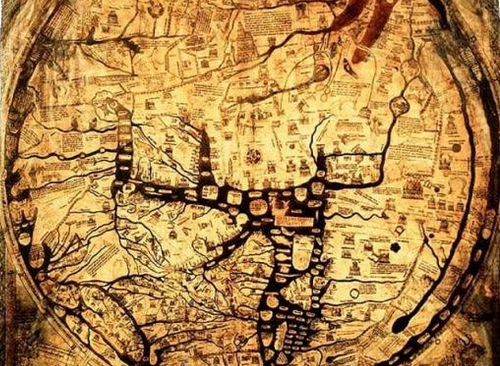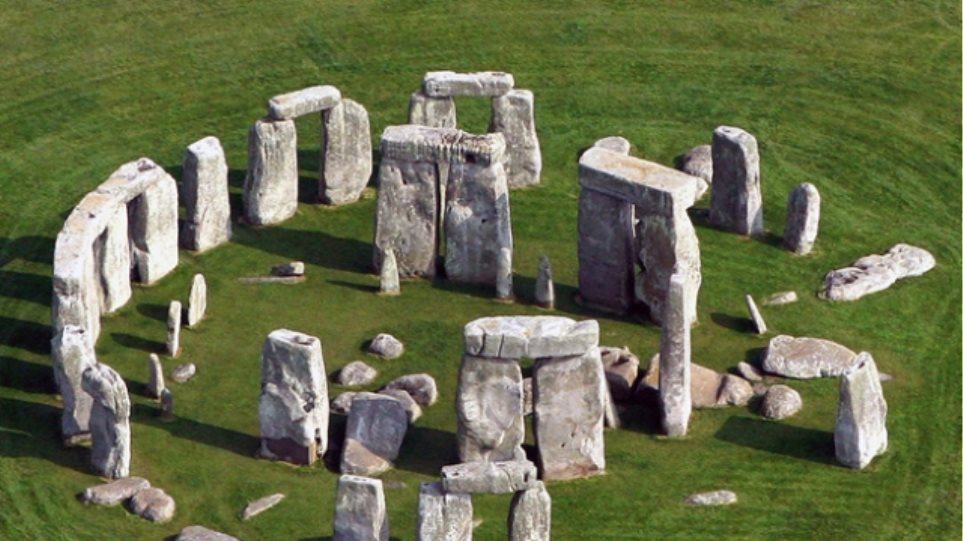A large calfskin canvas was secreted away beneath the floor of an English cathedral, featuring what, at first glance, appeared to be a map of the world. Once recovered and repaired, the map which is now known as the Hereford Mappa Mundi was found to date to 1285. While a myriad of cities and towns are depicted on the medieval Mappa Mundi, more than 500 ink drawings illustrate biblical events, exotic plants and animals, wild and strange creatures, and classical myths. More than just a map, the “Cloth of the World” remains one of the greatest surviving artworks of the Middle Ages.
Recent reporting hints that this piece could even hold clues to the whereabouts of lost locations from the Bible, such as the resting place for Noah’s Ark and the Garden of Eden – which are both represented. But this seems like a bit of a stretch of both hope and hide.
The medieval artwork showcasing history, religion, and mythology is depicted in intricate detail on a single sheet of vellum, or preserved calfskin. The skin stretches five feet high by four feet across, and is attached to an oak frame. The remarkable artifact remains the largest known medieval map which still exists.
The one body part you shouldn’t wash in the shower, doctors say
The tangled ink illustrations of black, gold, green and blue reflect a medieval European understanding of the known world at the time—and also the unknown world of the supernatural— highlighting not just the human world of men, cities, and seas, but entire bestiaries of horrifying mythical creatures and the strange cultures of distant lands. It was not for use as a navigational tool, but instead an artistic compendium of people, parables, and places.
Read more: Ancient Origins







































